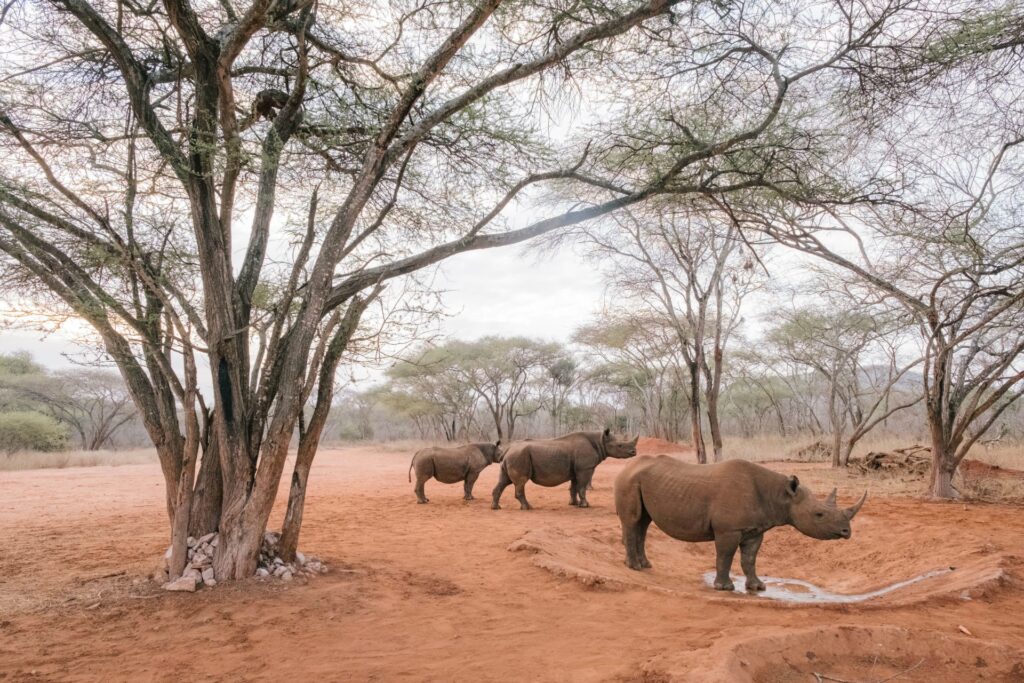The Park finds itself in a beautiful setting with both the Pare and Usambara mountains towering above its boundaries. Depending on the weather, Mount Kilimanjaro can also be seen from the park. To the south the pare and usambara mountains form a dramatic backdrop and to the north, Kenya’s vast Tsavo National Park shares a border with Mkomazi, making common ground for migratory herds of elephant, oryx and zebra during the wet season. Together with Tsavo, it forms one of the largest and most important protected ecosystems on earth.
Mkomazi derives its name from Pare-ethnic language; “Mko and Mazi”. “Mko” means a traditional tiny wooden spoon used by the Pare people for eating and “Mazi” means water. This implies that the water in the Park is hardly enough to fill up the wooden spoon. It covers an area of 3,245sq km.
Climate
The climate in Mkomazi is usually dry and warm to hot. The warmest months are October to April and coldest months are May to September. It also experiences two wet seasons, the long rains which are from March to May and short rains are from Novermber to December. Mean annual rainfall ranges from 570 mm in the lowlands to 1,910 mm in the highlands.

